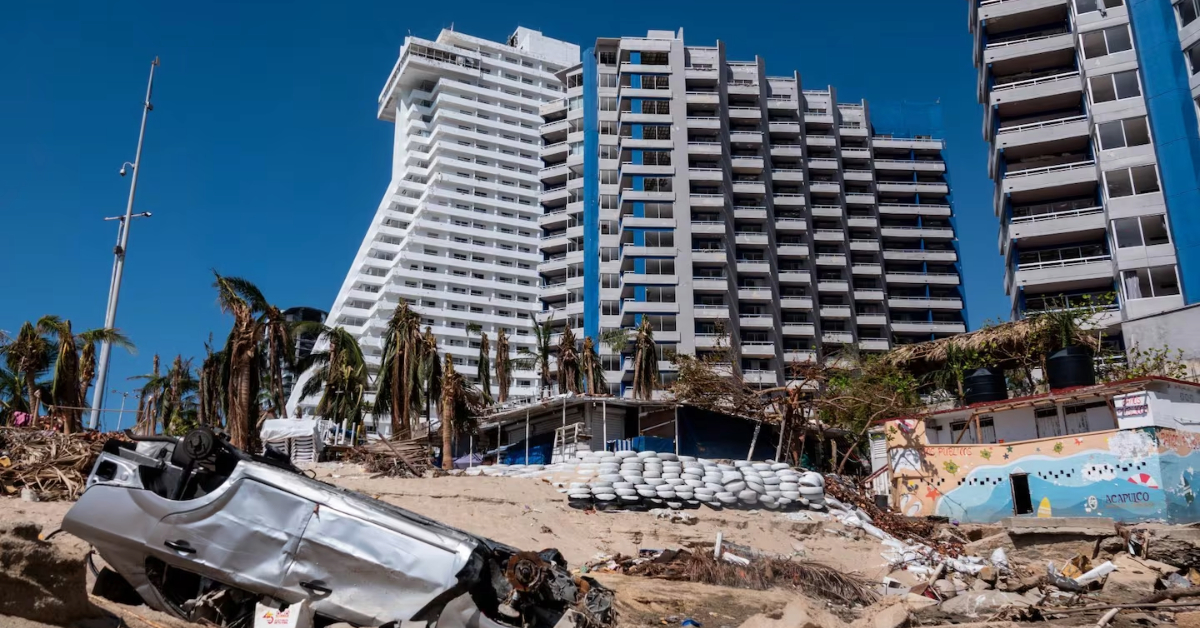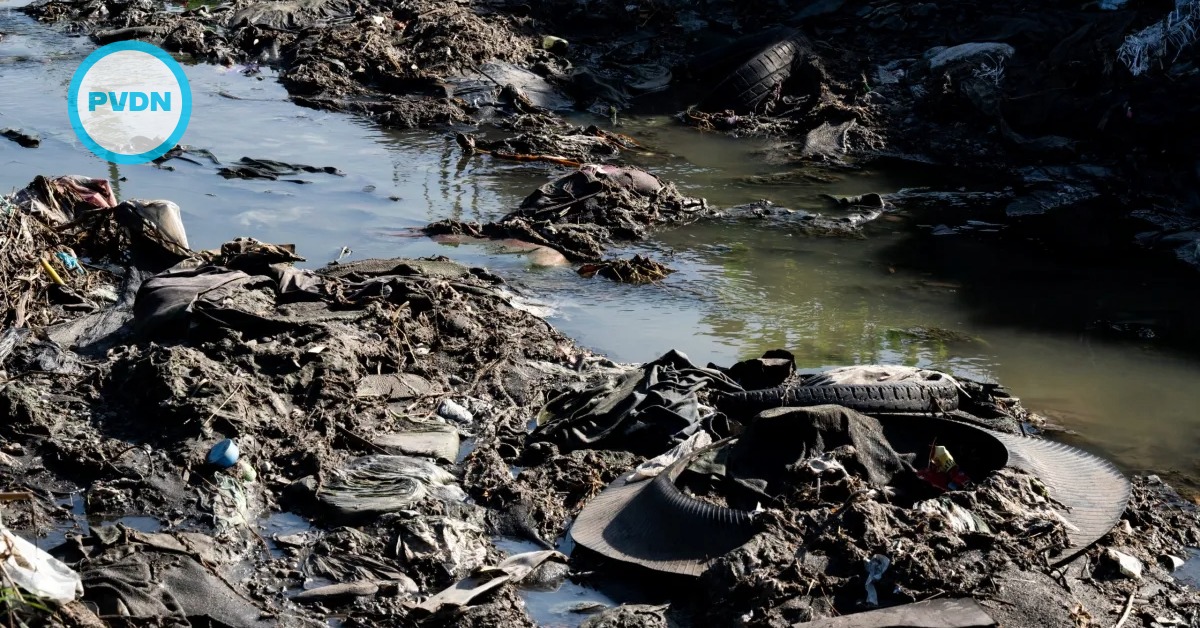Acapulco, Mexico – In a troubling recurrence, Acapulco, one of Mexico's premier tourism destinations, finds itself grappling with the aftermath of a significant weather event for the second time in just over a year. This time, Hurricane John, which did not make direct landfall, has nonetheless inflicted substantial economic damage. The hurricane brought heavy rain, severe flooding, and road closures, resulting in hotel occupancy plummeting to a mere 13 percent, according to the Mexican Ministry of Tourism (Sectur).







